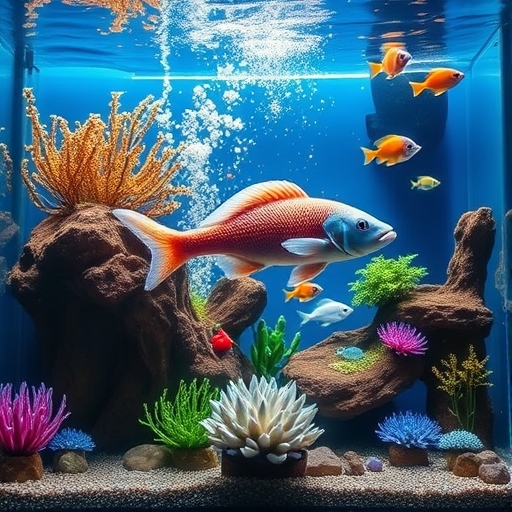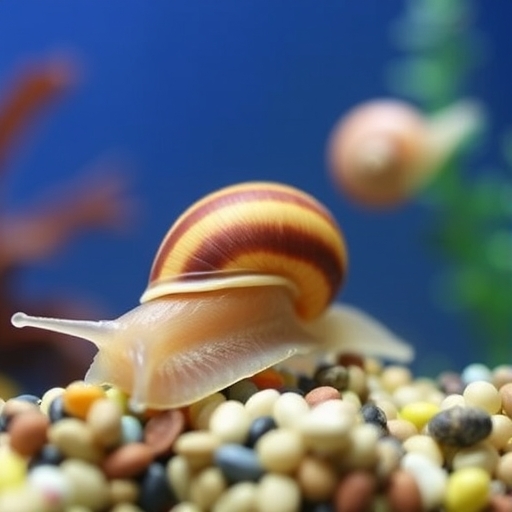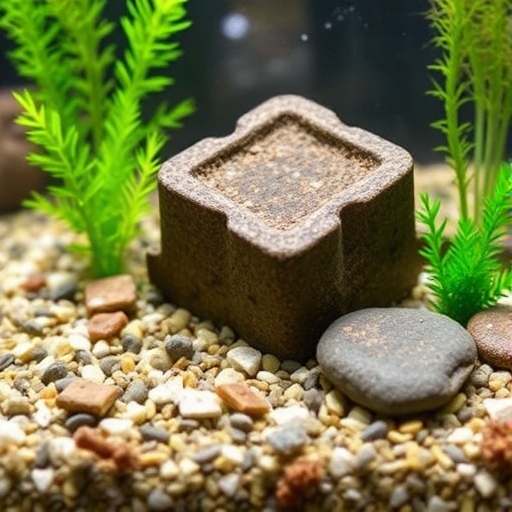How to Increase KH in Aquarium
Maintaining a stable and healthy aquarium environment is crucial for the well-being of your aquatic life. One of the key parameters that aquarists must monitor is the carbonate hardness (KH) of the water. KH plays a vital role in maintaining pH stability and overall water quality. We will explore the importance of KH, how to measure it, and various methods to increase KH in your aquarium.
What is KH?
KH, or carbonate hardness, is a measure of the concentration of carbonate (CO₃²⁻) and bicarbonate (HCO₃⁻) ions in the water. It indicates the buffering capacity of the water, which helps to stabilize the pH levels. A stable pH is essential for the health of fish and plants, as sudden fluctuations can lead to stress or even death.
Importance of KH in Aquariums
-
- pH Stability: KH acts as a buffer against pH changes. If the KH is low, even small amounts of acid can cause significant drops in pH.
- Health of Aquatic Life: Many fish and invertebrates thrive in specific KH ranges. Maintaining appropriate KH levels can prevent stress and promote overall health.
- Plant Growth: Aquatic plants utilize carbonates for photosynthesis. Adequate KH levels can enhance plant growth and vitality.
Measuring KH
To manage KH levels effectively, you must first measure it. Here are the common methods for testing KH in your aquarium:
Test Kits
-
- Liquid Test Kits: These kits usually involve adding a reagent to a water sample and comparing the resulting color to a chart.
- Strips: Test strips provide a quick and easy way to measure KH, though they may not be as accurate as liquid kits.
Recommended KH Levels
| Aquarium Type | Ideal KH Range (dKH) |
|---|---|
| Freshwater Fish | 3 – 10 dKH |
| Reef Tanks | 8 – 12 dKH |
| Planted Tanks | 4 – 8 dKH |
| African Cichlids | 10 – 15 dKH |
How to Increase KH in Aquarium
If you find that your KH levels are lower than desired, there are several methods to increase it. Here are the most effective ways:
1. Baking Soda
Baking soda (sodium bicarbonate) is a simple and effective way to raise KH levels.
-
- How to Use:
1. Calculate the amount of baking soda needed. Generally, adding 1 teaspoon (about 5 grams) of baking soda per 10 gallons of water will raise KH by approximately 1 dKH.
2. Dissolve the baking soda in a cup of aquarium water.
3. Gradually add the solution to the tank, monitoring the KH levels.
-
- Pros:
- Easy to find and inexpensive.
- Provides a quick increase in KH.
- Cons:
- Can also raise the pH, so monitor both parameters.
2. Crushed Coral or Limestone
Adding crushed coral or limestone to your aquarium can naturally increase KH.
-
- How to Use:
1. Place crushed coral or limestone in a filter bag or mesh pouch.
2. Add it to your filter or place it in your aquarium where water flow is high.
-
- Pros:
- Provides a long-term solution as it dissolves gradually.
- Enhances natural aesthetics of the aquarium.
- Cons:
- Takes time to see results.
- May raise pH significantly.
3. Commercial KH Boosters
There are many commercially available products designed to increase KH.
-
- How to Use: Follow the manufacturer’s instructions for dosage based on your aquarium size.
- Pros:
- Formulated for quick and effective results.
- Usually balanced with other essential minerals.
- Cons:
- Can be more expensive than DIY methods.
- Some products may contain additives that could affect fish or plants.
4. Water Changes
Regular water changes can help maintain or increase KH levels, especially if you use water with higher KH.
-
- How to Use:
1. Test the KH of your tap water or source water.
2. Perform a water change using this water.
-
- Pros:
- Simple and effective.
- Helps in overall water quality management.
- Cons:
- If your source water has low KH, this method will not be effective.
5. Use of Buffering Agents
Buffering agents are designed to help stabilize KH and pH levels.
-
- How to Use: Similar to commercial KH boosters, follow the manufacturer’s guidelines for dosage.
- Pros:
- Specifically designed for aquariums.
- Can provide immediate results.
- Cons:
- Costs can add up over time.
- Requires careful monitoring to avoid overuse.
Tips for Maintaining KH Levels
- Regular Testing: Test your water regularly to monitor KH levels and make adjustments as needed.
- Avoid Rapid Changes: Increase KH levels gradually to avoid shocking your fish and plants.
- Monitor pH: Keep an eye on pH levels while adjusting KH, as they are interconnected.
- Consider Bioload: Higher fish populations produce more waste, which can lower KH levels over time.
FAQs About How to Increase Kh in Aquarium
What is the ideal KH level for my aquarium?
The ideal KH level varies by the type of aquarium. Freshwater fish typically thrive in a KH range of 3-10 dKH, while reef tanks prefer 8-12 dKH.
How often should I test KH levels?
It’s advisable to test KH levels at least once a week or more frequently if you notice changes in your fish behavior or water parameters.
Can low KH levels harm my fish?
Yes, low KH levels can lead to unstable pH, which can cause stress, illness, or even death in fish.
Is it safe to increase KH quickly?
No, increases should be made gradually to prevent shocking your fish and plants.
Conclusion
Maintaining appropriate KH levels is essential for a thriving aquarium environment. By understanding the importance of KH, regularly testing your water, and employing the methods discussed in this article, you can effectively increase and stabilize KH levels in your aquarium.
Whether you opt for baking soda, crushed coral, commercial products, or other methods, the key is to monitor your water parameters and make adjustments as necessary for the health of your aquatic life. Happy aquascaping!




